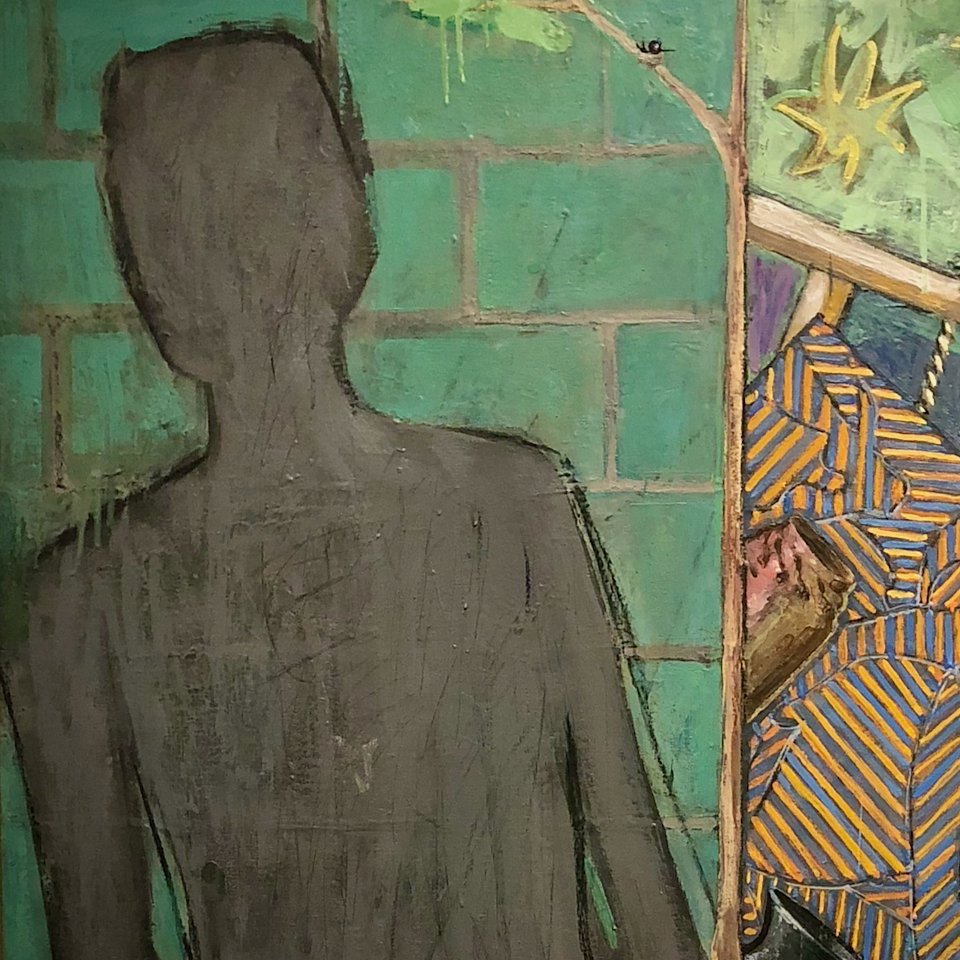Articles from metaphor

The Way Forward…
In my last article I explored how the way we visualize the creative problem-solving process has evolved over the last 70 years. The familiar Divergence/Convergence kite model eventually developed into the popular double diamond model that’s still taught in design schools. The FourSight model, a more recent visualization, is popular in education, especially in primary and secondary school settings. Each of these models conveys useful insights into the creative problem-solving process. In this article I introduce you to a new way of visualizing the creative problem-solving process I’ve developed. My Make-to-Know model revolves around a a concept I call “The Maker’s Workshop”—the generative space where your ideas collide, spark, and sometimes fuse. It’s the heart of the creative problem solving process.

Choreographing Creative Thinking
Models and visualizations of the creative thinking/problem-solving process are not just an academic exercise. They are maps that help us communicate with others about creativity and our creative projects. They are also wayfinding tools that help us reorient ourselves when we’ve lost our sense of direction during our creative work. And, they are learning tools that help us improve our creative thinking, planning, and execution.

New Directions: Eight Types of Creative Change
The psychologist Robert Sternberg, a leading researcher and author on creativity, first introduced the Propulsion Theory of Creative Contributions in 19991. The theory describes eight ways a creative contribution such as a research paper, artwork, movie, television show, book, product, or innovative idea can move (propel) a field of endeavor in a particular direction. Sternberg’s theory adds another important dimension to our understanding of creativity: context. The purpose of a creative contribution matters.

The Elusive Definition of Creativity
Who are your creative icons? Chances are most of the artists, scientists, inventors, and others who come to mind are widely celebrated “geniuses”—the household names of creativity. Creative achievements of world-changing magnitude are rare. Still, this is the highwater mark many of us use to measure our own creativity. If the gauge you’re using to assess your creativity includes just one level marked “genius,” you’re setting yourself up for failure. We need a more nuanced understanding of creativity.

Risk-Taking, Creativity, and the Experimenter's Mindset
We’ve all become more familiar (and hopefully adept) at calculating risk over the past two years as we’ve struggled to balance the demands of daily life with the threats posed by the seemingly endless waves of the COVID-19 virus. We’ve always lived with risks, but the pandemic has significantly altered the risk/reward ratio of everyday life. It’s also made many of us more risk averse. Our COVID-induced diminished tolerance for risk-taking may also have another significant consequence: you may be feeling an unfamiliar sense of alienation from your creative confidence and desire to engage in new creative work. You’re not alone, and you can rebuild your confidence and rekindle your passion for creative work, if you’re willing to take a few small risks.

More About You!
It’s a fact: 2021 has been challenging. Many of us feel like we’re drifting—buffeted by uncertain winds. Learning to navigate in these times is hard. But there are tools that can help. The personal “year in review” exercise is one. It strengthens your ability to navigate uncertain times. This annual ritual reconnects you with your values and goals, highlights your recent successes, and sharpens your focus on your goals for the year ahead. The review process helps you put your past year in perspective and turn toward the year to come. It’s not magic—it won’t erase or even diminish the pains of the past year—but it will help you lay the stepping stones for a better year to come.

Thinking with Others
Our modern concept of creativity is deeply rooted in the value system of the artists and intellectuals of the Romantic era who believed that the greatest sin was being derivative. The biases of the Romantics still influence us. Our culture prizes originality and individuality; we celebrate the “pioneers” and “trailblazers. But our obsession with originality blinds us to the value of thinking with others and untapped knowledge in our collective intelligence.

The Brain, the Body, and the Mind
The dominant role the written word has assumed in the development of culture (especially Western culture) has inflated our perception of the role the brain plays so significantly that we now equate the brain with the mind. Nothing could be further from the truth. The organ we call the brain is not the mind. The mind is the whole body, which encompasses the brain. As we learn more about how the body and brain work together to form our thoughts, emotions, and perspective, we’re redefining the concept of thinking itself.
